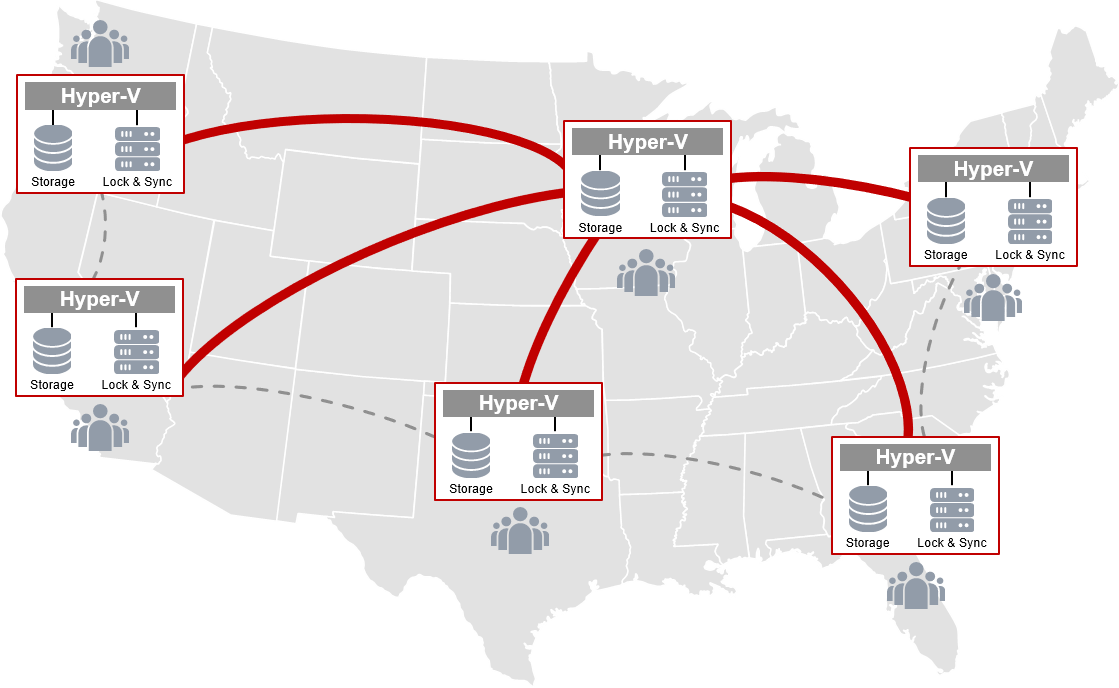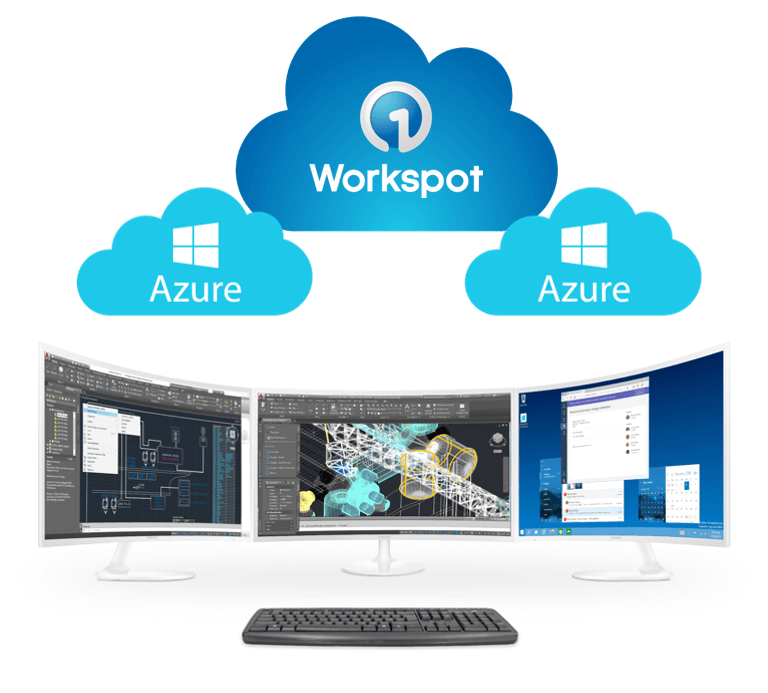The AEC software and services market is growing
Analysts who follow the Architecture, Engineering and Construction (AEC) market generally agree that it has recovered from the downturn of a few years ago and is poised for significant growth, especially in the U.S. and a few western European countries. To ride the tailwind of this recovery, AEC firms must ensure their technology stack delivers greater efficiencies and enables better information sharing so they can achieve a competitive advantage.
Particularly in the construction sector, which has been a notoriously slow technology adopter, there are significant opportunities to reduce costs and deal with increasingly complex building designs by using Business Information Modeling (BIM) software. Indeed, the BIM industry will continue seeing healthy growth over the next few years – to the tune of about 21.6% – reaching about $11.7 billion by 2022, according to Allied Market Research. And analysts forecast that the AEC software and services market as a whole is also projected to grow at a CAGR of 11.80% during the period 2017-2021.
BIM users are key constituency
BIM managers, architects, design engineers and contractors are the end-users who make up AEC project teams and use CAD and BIM software. They are key power-users who generate revenue. Whether they are design engineers creating 2D/3D design and models with CAD or BIM managers analyzing and visualizing 3D models in real-time with a BIM app, they are dealing with enormous amounts of graphics-intensive data. The projects these teams tackle are large and complex; often teams are scattered across a region or across the globe, and bringing a project to fruition requires close collaboration. Sharing and synchronization of these heavy datasets is achieved by replicating data in each region across multiple offices in different sites. Traditionally, expensive physical workstations are used for their graphics-intensive apps and 2D/3D/4D CAFM (Computer Aided Facilities Management) designs, drawings and models to provide them with the high-performance user experience they need to work on these projects.

Challenges for BIM users
These powerful liquid-cooled physical workstations are expensive and deliver great user experience, but on the flip side they hamper collaboration and productivity. Collaboration requires that large 3D design datasets and engineering models have to be shared between users and synchronized before another user can work on that dataset to avoid revision control problems. This process between each physical workstation in different locations can take a long time. During the data transfer and sync process, expensive BIM managers, other project team members and high-performance workstations can be idle for hours as they wait for files to be continuously uploaded and downloaded. The productivity hit is unacceptable to the business. As for IT the organization – admins are constantly spending time and money on system procurement, configuration, maintenance, upgrades and hardware refresh cycles.
On-premises VDI can help solve this synchronization problem at a single location, but it can get very expensive and complex to scale out, while negatively impacting performance and user experience. Additionally, expensive data replication and synchronization solutions are still required in each location to enable collaboration between offices that may even be in different geographical regions. Scaling-out on-premises infrastructure to accommodate users and projects across remote locations is super expensive in terms of cost and complexity of deployment, time and lost opportunities.
Here are some real scenarios we have heard from our AEC customers:
1) Tried/evaluated legacy, on-prem VDI to replace physical workstations – couldn’t get the required/desired performance and user experience – reverted back to physical workstations.
2) Deployed legacy, on-prem VDI but found it sluggish, very complex and expensive to deploy, manage and scale.
3) Using expensive physical workstations for each power-user but cross-collaboration on 3D models is cumbersome and time-consuming, resulting in project delays and loss of productivity.
4) Looking for agile and cost-effective VDI solution that would remove complexity and provide high-performance performance without compromising user experience.
Have it all with Workstation Cloud: Great performance, better collaboration, the best talent, business agility
Workspot customers who have deployed Workspot Workstation Cloud on Microsoft Azure are delighted with the solution and the performance their users are experiencing is on par with or better than physical workstations! Another customer determined that using VMs in Azure that are powered by NVIDIA GPU accelerators made good business sense, especially as their business grows and GPU technology evolves.

By co-locating compute (CPU & GPU), storage (apps and data) and network on Azure, Workspot Workstation Cloud delivers high-performance virtual workstations from any location, on any device with a user experience that is equal to or better than a physical workstation.
Workspot Workstation Cloud is transforming AEC companies with high-performance, GPU workstations that can be deployed in just a few days and delivered from Microsoft Azure. This insanely simple, secure, cloud-native solution enables anywhere-productivity from any device for both CAD and BIM applications. All your apps and data stay securely in your own Azure tenant, providing full data security and data integrity. And don’t worry, if you don’t already have an Azure presence, we take care of all that for you! With virtual workstations, applications, storage/data and network all co-located in the cloud on Azure, Workspot Workstation Cloud allows multiple power-users in different regions to collaborate in real-time on the latest version of 3D models with performance that rivals a physical workstation. This efficiency and speed increases productivity and reduces time-to-market.
Furthermore, by eliminating constant hardware and software refresh cycles, procurement, configuring, provisioning, management, and maintenance of physical workstations, CapEx and OpEx are dramatically reduced, and IT teams can turn their attention to more valuable contributions to the business.
With Workspot Workstation Cloud, IT can immediately deploy and rapidly scale-out hundreds of virtual workstations – to provision new users and contractors or to dial up resources for a temporary project – with just a few clicks from Workspot’s single pane of glass!
Learn more about our innovative customer success program, including our go-live deployment services and flat-rate subscription pricing.
If you like what you hear, you can schedule a demo to see it for yourself!
Cloud Workstations




